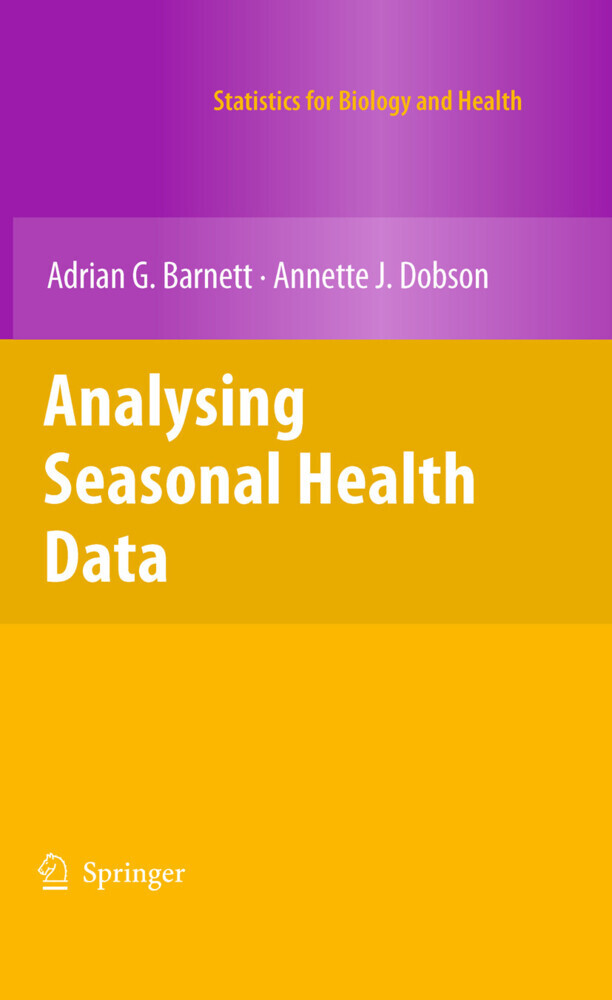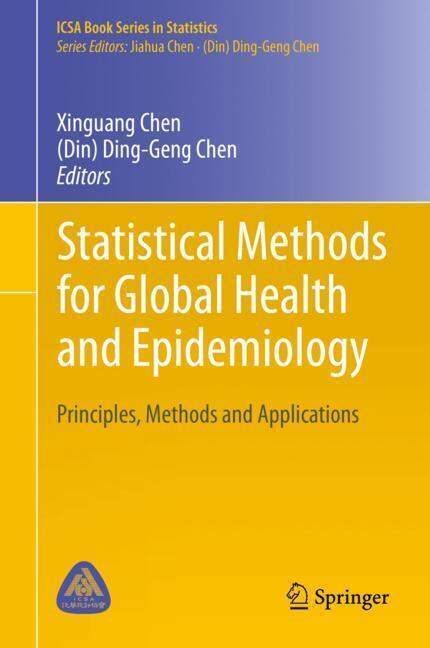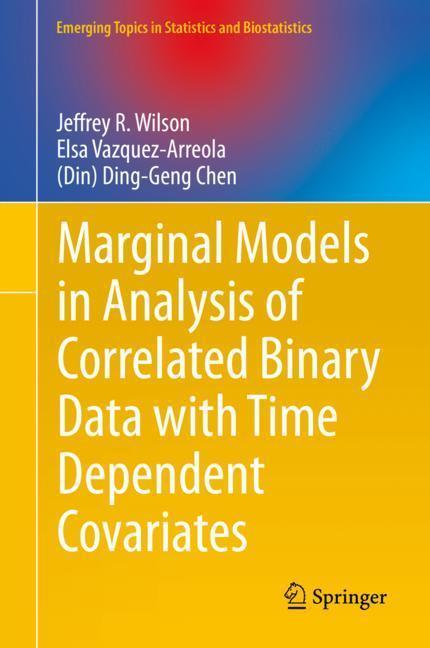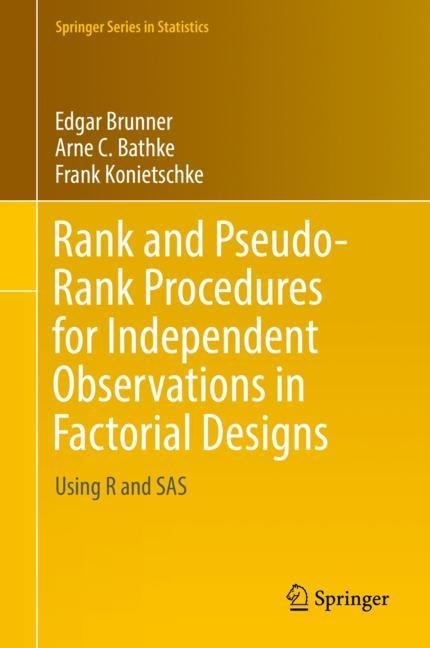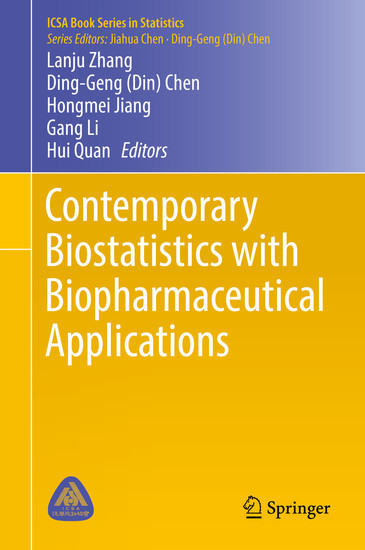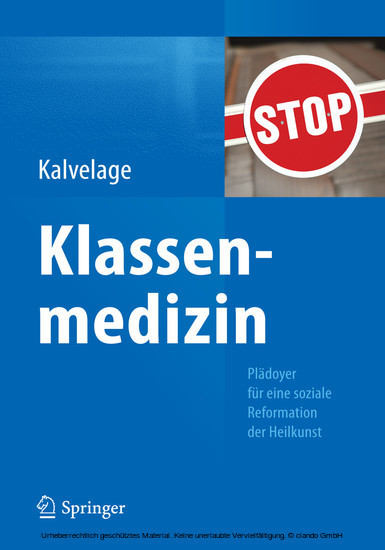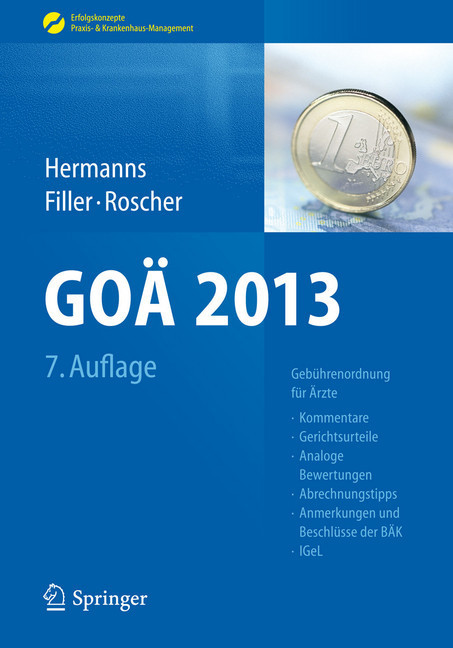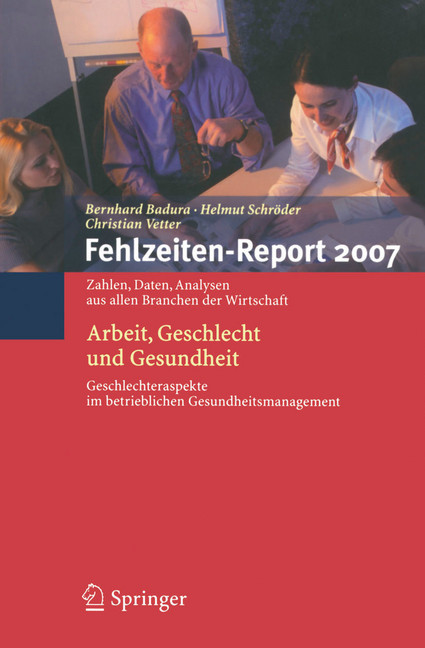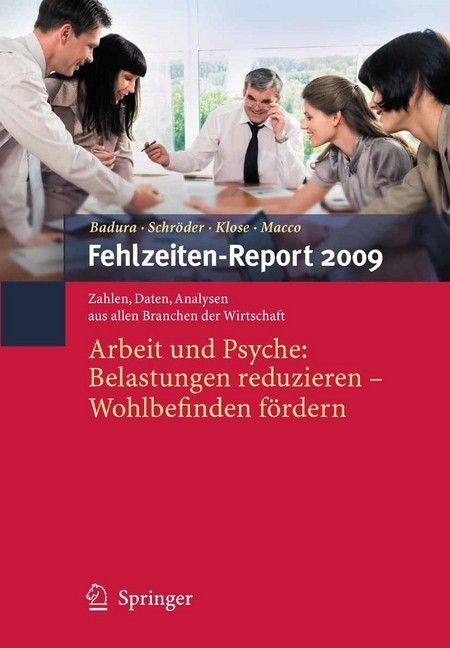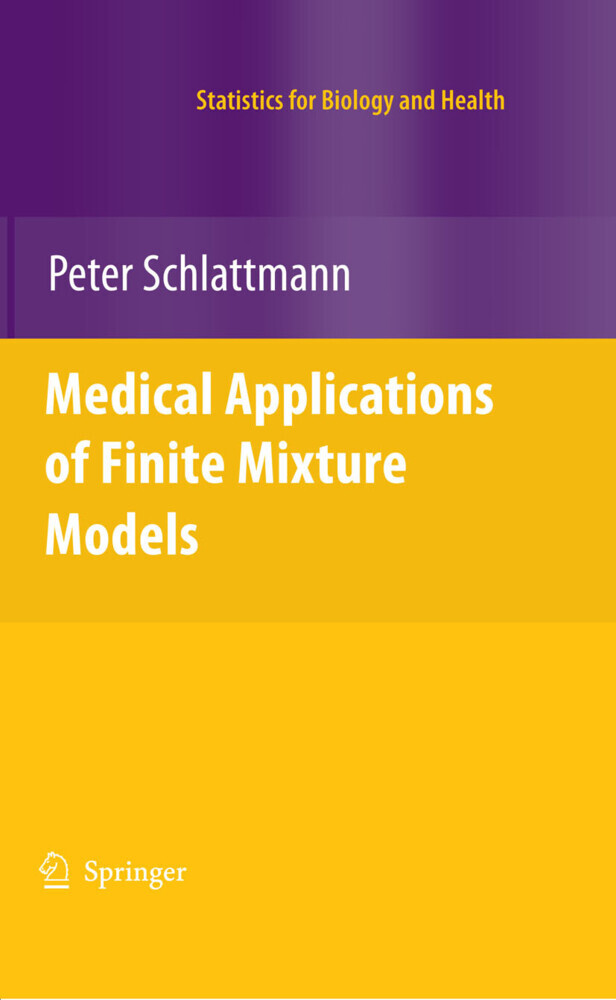Analysing Seasonal Health Data
Seasonal patterns have been found in a remarkable range of health conditions, including birth defects, respiratory infections and cardiovascular disease. Accurately estimating the size and timing of seasonal peaks in disease incidence is an aid to understanding the causes and possibly to developing interventions. With global warming increasing the intensity of seasonal weather patterns around the world, a review of the methods for estimating seasonal effects on health is timely.
This is the first book on statistical methods for seasonal data written for a health audience. It describes methods for a range of outcomes (including continuous, count and binomial data) and demonstrates appropriate techniques for summarising and modelling these data. It has a practical focus and uses interesting examples to motivate and illustrate the methods. The statistical procedures and example data sets are available in an R package called 'season'.
Adrian Barnett is a senior research fellow at Queensland University of Technology, Australia. Annette Dobson is a Professor of Biostatistics at The University of Queensland, Australia. Both are experienced medical statisticians with a commitment to statistical education and have previously collaborated in research in the methodological developments and applications of biostatistics, especially to time series data. Among other projects, they worked together on revising the well-known textbook 'An Introduction to Generalized Linear Models,' third edition, Chapman Hall/CRC, 2008. In their new book they share their knowledge of statistical methods for examining seasonal patterns in health.
1;Analysing Seasonal Health Data;2 1.1;1 Introduction;11 1.1.1;1.1 Example Data Sets;11 1.1.1.1;1.1.1 Cardiovascular Disease Deaths;11 1.1.1.2;1.1.2 Schizophrenia;12 1.1.1.3;1.1.3 Influenza;14 1.1.1.4;1.1.4 Exercise;15 1.1.1.5;1.1.5 Stillbirths;16 1.1.1.6;1.1.6 Footballers;17 1.1.2;1.2 Time Series Methods;18 1.1.2.1;1.2.1 Autocovariance and Autocorrelation;19 1.1.2.1.1;1.2.1.1 Sample Mean, Variance and Median;19 1.1.2.1.2;1.2.1.2 Hypotheses Testing;20 1.1.2.1.3;1.2.1.3 Autocovariance;21 1.1.2.1.4;1.2.1.4 Autocorrelation;23 1.1.3;1.3 Fourier Series;24 1.1.3.1;1.3.1 Cosine and Sine Functions;24 1.1.3.2;1.3.2 Fourier Series;28 1.1.3.3;1.3.3 Periodogram;29 1.1.3.4;1.3.4 Cumulative Periodogram;33 1.1.4;1.4 Regression Methods;35 1.1.4.1;1.4.1 Scatter Plot;36 1.1.4.2;1.4.2 Linear Regression;37 1.1.4.2.1;1.4.2.1 R-Squared;38 1.1.4.2.2;1.4.2.2 Centring and Scaling;38 1.1.4.3;1.4.3 Residual Checking;39 1.1.4.3.1;1.4.3.1 Independence of Residuals Over Time;41 1.1.4.3.2;1.4.3.2 Distributional Assumptions;42 1.1.4.4;1.4.4 Influential Observations;43 1.1.4.5;1.4.5 Generalized Linear Model;45 1.1.4.5.1;1.4.5.1 Poisson Regression Example;46 1.1.4.5.2;1.4.5.2 Logistic Regression Example;47 1.1.4.6;1.4.6 Offsets;48 1.1.4.7;1.4.7 Akaike Information Criterion;49 1.1.4.8;1.4.8 Non-linear Regression Using Splines;50 1.1.4.8.1;1.4.8.1 Example of a Non-linear Spline;52 1.1.5;1.5 Box Plots;52 1.1.6;1.6 Bayesian Statistics;54 1.1.6.1;1.6.1 Markov Chain Monte Carlo Estimation;55 1.1.6.2;1.6.2 Deviance Information Criterion;56 1.2;2 Introduction to Seasonality;58 1.2.1;2.1 What is a Season?;58 1.2.1.1;2.1.1 Seasonality and Health;59 1.2.1.1.1;2.1.1.1 Environmental Seasonal Exposures;60 1.2.1.1.2;2.1.1.2 Social Seasonal Exposures;61 1.2.2;2.2 Descriptive Seasonal Statistics and Plots;62 1.2.2.1;2.2.1 Adjusting Monthly Counts;62 1.2.2.2;2.2.2 Data Reduction;64 1.2.2.2.1;2.2.2.1 Grouping Data into the Four Seasons;66 1.2.2.3;2.2.3 Circular Plot;70 1.2.2.4;2.2.4 Smooth Plot of Season;72 1.2.3;2.3 Modelling Monthly Data;74 1.2.3.1;2.3.1 Month as a Fixed Effect;75 1.2.3.2;2.3.2 Month as a Random Effect;78 1.2.3.3;2.3.3 Month as a Correlated Random Effect;78 1.3;3 Cosinor;84 1.3.1;3.1 Examples;85 1.3.1.1;3.1.1 Cardiovascular Disease Deaths;85 1.3.1.2;3.1.2 Exercise;87 1.3.1.3;3.1.3 Stillbirths;89 1.3.2;3.2 Tests of Seasonality;89 1.3.2.1;3.2.1 Chi-Squared Test of Seasonality;92 1.3.2.1.1;3.2.1.1 Simulation Study Comparing Tests of Seasonality;92 1.3.2.2;3.2.2 Sample Size Using the Cosinor Test;94 1.3.3;3.3 Sawtooth Season;95 1.3.3.1;3.3.1 Examples;96 1.3.3.1.1;3.3.1.1 Footballers;96 1.3.3.1.2;3.3.1.2 Cardiovascular Disease;99 1.4;4 Decomposing Time Series;102 1.4.1;4.1 Stationary Cosinor;105 1.4.1.1;4.1.1 Examples;106 1.4.1.1.1;4.1.1.1 Cardiovascular Disease Deaths;106 1.4.1.1.2;4.1.1.2 Schizophrenia;106 1.4.2;4.2 Season, Trend, Loess;107 1.4.2.1;4.2.1 Examples;110 1.4.2.1.1;4.2.1.1 Cardiovascular Disease Deaths;110 1.4.2.1.2;4.2.1.2 Schizophrenia;112 1.4.3;4.3 Non-stationary Cosinor;113 1.4.3.1;4.3.1 Parameter Estimation;115 1.4.3.1.1;4.3.1.1 Estimating the Amplitude and Phase;117 1.4.3.2;4.3.2 Examples;118 1.4.3.2.1;4.3.2.1 Cardiovascular Disease Deaths;118 1.4.3.2.2;4.3.2.2 Schizophrenia;120 1.4.4;4.4 Modelling the Amplitude and Phase;120 1.4.4.1;4.4.1 Parameter Estimation;123 1.4.4.2;4.4.2 Examples;125 1.4.4.2.1;4.4.2.1 Cardiovascular Disease Deaths;125 1.4.4.2.2;4.4.2.2 Exercise Data;126 1.4.5;4.5 Month as a Random Effect;127 1.4.5.1;4.5.1 Examples;128 1.4.5.1.1;4.5.1.1 Cardiovascular Disease Deaths;128 1.4.6;4.6 Comparing the Decomposition Methods;130 1.4.7;4.7 Exposures;131 1.4.7.1;4.7.1 Comparing Trends with Trends and Seasonswith Seasons;132 1.4.7.1.1;4.7.1.1 Cardiovascular Disease Deaths and Temperature;132 1.4.7.2;4.7.2 Exposure-Risk Relationships;133 1.4.7.2.1;4.7.2.1 Example;135 1.5;5 Controlling for Season;138 1.5.1;5.1 Case-Crossover;138 1.5.1.1;5.1.1 Matching Using Day of the Week;141 1.5.1.2;5.1.2 Case-Crossover Examples;142 1.5.1.3;5.1.3 Chang
Barnett, Adrian G.
Dobson, Annette J.
| ISBN | 9783642107481 |
|---|---|
| Artikelnummer | 9783642107481 |
| Medientyp | E-Book - PDF |
| Copyrightjahr | 2010 |
| Verlag | Springer-Verlag |
| Umfang | 164 Seiten |
| Sprache | Englisch |
| Kopierschutz | Digitales Wasserzeichen |

